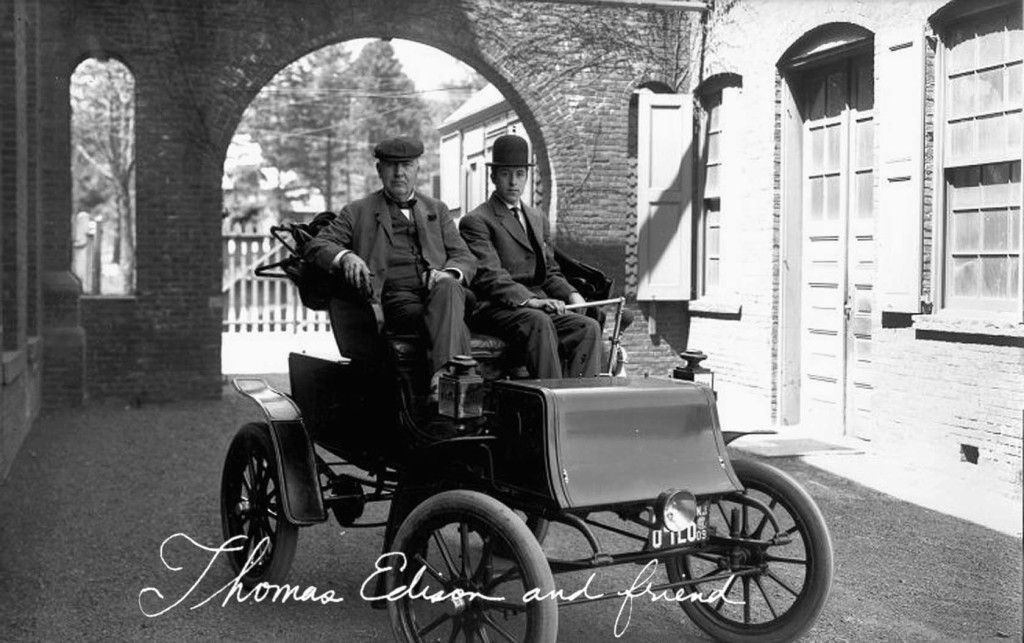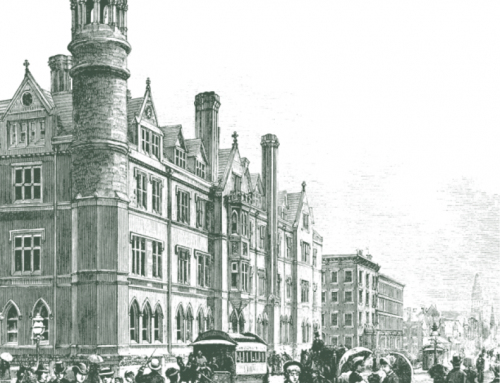[sharelines]Partnerships between the public and private sector can help usher in new technology adoption.
In September 1993 President Bill Clinton and chief executive officers of Ford, Chrysler, and General Motors created the Partnership for a New Generation of Vehicles (PNGV). Their primary goal was to develop a vehicle with up to three times the fuel economy of midsize 1993 US cars (about eighty mpg) with no sacrifice in performance, size, cost, emissions, or safety. Billions of dollars were to be spent over ten years, split roughly fifty-fifty between government and industry. They planned to select the most promising technologies by 1997, to build a concept prototype by 2000, and to have a production prototype by 2004. The program has adhered to that schedule.
It was a situation ready-made for government initiative and public-private cooperation. It fit the accepted federal government mission of reducing negative market externalities, supporting long term R&D, and promoting the nation’s international competitiveness. Also, the timing was propitious for the Clinton Administration, which would benefit politically from forging closer relationships with the auto industry. It would create a new mission for the nation’s energy and weapons laboratories and the beleaguered defense industry, which was suffering from the Cold War’s end. And the administration saw a new means for environmental improvement, particularly by reducing greenhouse gases in accord with the 1992 Rio de Janeiro Earth Summit Treaty.
PNGV also met the needs of the automakers. They were reluctant to invest their own money in energy improvements, which had little value in the marketplace. More importantly, they saw PNGV’s goals as just ambitious enough to fit the legally accepted model of precompetitive research without requiring too much from them. Their true motivations are difficult to document, but the government’s lead technical representative says in a Rand report, “It is fair to say that the primary motivation of the industry was to avoid federally mandated fuel efficiency and emissions standards”—in particular, the national Corporate Average Fuel Economy (CAFE) standards. The program also provided a rationale to resist the Zero Emission Vehicle (ZEV) mandate that had been recently adopted in California, New York, and Massachusetts. Automakers hoped PNGV’s outcomes would supersede battery-electric cars and intrusive government mandates.
Automakers were further motivated to gain access to government funding and research labs and to demonstrate industry leadership to stockholders, and they were sincerely committed to forging a more positive relationship with government.
Both sides of the partnership had an interest in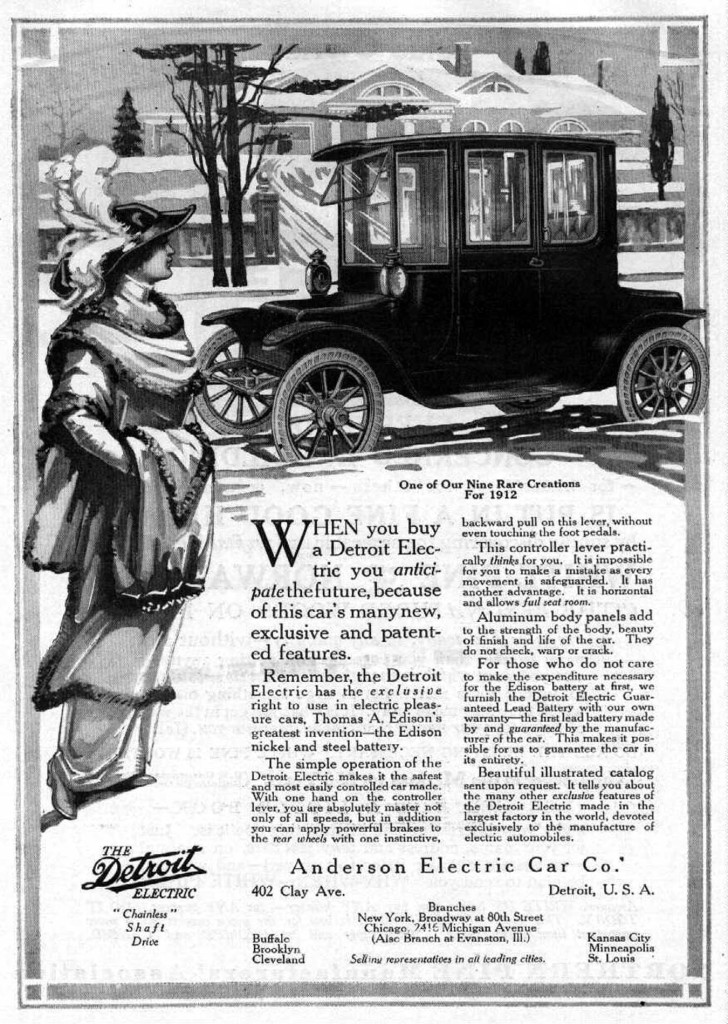 reducing fuel consumption and greenhouse gas emissions. US oil imports were steadily increasing, contributing over $150 million per day to the trade deficit; the fuel economy of new US vehicles had not improved in almost ten years; the expanding international market for vehicles placed high value on low fuel consumption; and battery limitations were undermining the ability of automakers to produce battery-electric vehicles in response to the ZEV mandate.
reducing fuel consumption and greenhouse gas emissions. US oil imports were steadily increasing, contributing over $150 million per day to the trade deficit; the fuel economy of new US vehicles had not improved in almost ten years; the expanding international market for vehicles placed high value on low fuel consumption; and battery limitations were undermining the ability of automakers to produce battery-electric vehicles in response to the ZEV mandate.
Rhetoric vs. Reality
An early press release described the program as “an all-out effort to ensure the US auto industry leads the world [and a] a technological challenge comparable to or greater than…the Apollo project.” President Clinton asserted, “We are going to launch a technological venture as ambitious as any our nation has ever attempted.”
In fact, however, the government commitment was minimal. PNGV attracted very little if any extra funding. The US General Accounting Office estimates that federal support for the partnership averaged about $250 million per year from 1995 through 1999, but this sum is overstated because about 45 percent was for activities only indirectly relevant to the partnership goals and in many cases even unknown to the partnership. These were not new or additional funds. Constrained by Washington’s long lead time in budgeting, and later by politics, managers played a shell game. They placed a variety of already existing R&D projects under PNGV, including about $250 million in hybrid-vehicle research that Ford and GM had been pursuing for a number of years.
Political circumstances largely explain the inability to expand funding and match the rousing rhetoric. PNGV came into being during a period of growing federal budget deficits and skepticism in Congress and elsewhere about governmental capabilities. In November 1994, the Gingrich-led Republicans scored major legislative victories over the Democrats under the banner of less government.
PNGV leaders soon reconciled themselves to the hostile political climate and began downscaling budget aspirations. Indeed, the prevailing opinion of insiders was that, given Congressional budget slashing and accusations of “corporate welfare,” only aggressive behind-the-scenes lobbying by the three automakers saved PNGV funding. Congressional concerns about the program continued through the ensuing years, and funding remained static.
Meanwhile, the partners continued to meet program targets. In 1997, on schedule, the large set of candidate technologies was reduced to a few, and then each company chose to develop diesel-electric hybrids. In early 2000, again in line with program milestones, they unveiled concept prototypes. Ford’s Prodigy, GM’s Precept, and Daimler-Chrysler’s ESX3 all used lightweight materials and combined small advanced diesel engines with electric drivetrains; they projected fuel economy of sixty to eighty miles per gallon. The next and final target date is 2004, when each company will supply production prototypes.
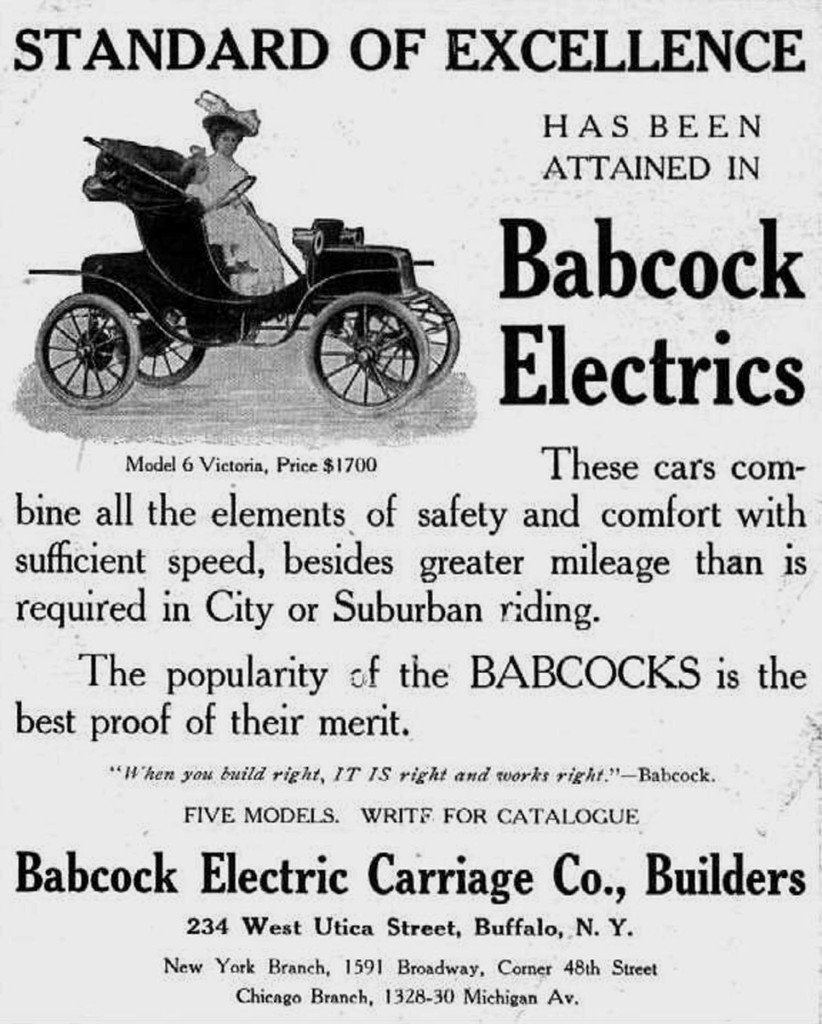
A Model Partnership?
The Rand study written by Robert Chapman, recently retired technical head of the government’s side of PNGV, notes that “Today, with the exception of some special interest advocacy groups [i.e., environmental groups], the PNGV appears to be viewed quite favorably by the public.” It continues to be promoted as a model for national public-private partnerships. Dr. Henry Kelley, then Assistant Director of the White House Office of Science and Technology and a chief architect of the PNGV program, stated in April 2000, “I can’t think of one [public-private partnership] that is more important or has more potential than this partnership in PNGV. It has not only yielded enormous technological advances but it redefined the way effective government-industry partnerships can be managed.” Indeed, in late 1997 the US Department of Transportation created a major public-private “Intelligent Vehicle Initiative,” and in 2000, DOE created the 21st Century Truck Initiative, both modeled after PNGV.
This image of PNGV as a model partnership has been perpetuated unintentionally by the independent National Research Council. In 1994, NRC formed a standing committee (funded by government sponsors of PNGV) to provide ongoing evaluations, a rather uncommon practice in Washington DC, but recognizing the uniqueness and high profile of the program. The committee’s task was to conduct an independent review of PNGV, a mission it interpreted narrowly by assuming, as givens, the vision, goals, and schedules for the program as enunciated by the president and agreed to by the automakers. The committee was thus limited to measuring progress toward predetermined goals.
The six annual NRC reports focused on the program’s management and the emphases placed on the different technologies. They did not evaluate program design, goals, overall funding, schedule, or participation. This limited the debate about true costs and benefits and implicitly endorsed the program’s goals and design. On the other hand, the NRC committee’s efforts did keep PNGV in the public eye and held government and industry managers accountable, much more than is common for large governmental programs.
Benchmarking Porgress
PNGV’s targeted technologies were central to each company’s business plans and increasingly so over time, with the result that their development became highly confidential. What had been seen as precompetitive research quickly became competitive, resulting in communication firewalls within and between companies and the government. The confidentiality of corporate decision-making makes it impossible to obtain direct evidence about the effects of either public R&D funds or the program in general.
The best indirect test of PNGV’s effectiveness compares the three US automakers’ progress with that of other automakers. General Motors and Ford have been the two largest automotive companies in the world for decades, with 1997 revenues of $173 billion and $154 billion, respectively. And yet, in December 1997, Toyota, about half the size of the two large American companies, unveiled a mass-production hybrid-electric car, followed in 2000 by Honda, an even smaller company. Toyota’s gasoline-electric four-door Prius was put on sale in the US in summer 2000 for just over $20,000, and Honda’s two-passenger Insight for about $19,000. Toyota, with plans to sell about 15,000 per year in the US, is besieged with a long waiting list of interested customers, as is Honda.
PNGV’s targeted technologies were central to each company’s business plans and increasingly so over time, with the result that their development became highly confidential.
In the first half of 2000, Ford and then GM announced they would start selling hybrid-electric sport-utility vehicles in 2003 and 2004, respectively, six years after Toyota launched the Prius. In fuel-cell technology, considered even more promising than hybrid-electric technology, Daimler Benz (ranked 12th in vehicle production in 1997 in the auto industry) pushed ahead of all the others, including Ford, GM, and Chrysler. Its technology, based on fuel-cell stack technology from Ballard of Canada, is acknowledged to be well ahead of the rest of the industry, and it has unveiled a series of increasingly impressive prototypes. Now merged with Chrysler (but using little Chrysler technology), Daimler-Chrysler will start selling fuel-cell buses in 2002 and has announced that it intends to begin selling fuel-cell cars in 2004.
In summary, smaller automakers from other countries made faster progress in commercializing new technologies than US automakers. It is true that the Japanese companies used smaller cars than the midsized sedans targeted by PNGV and fell short of the eighty mpg goal, and that firm plans do not yet exist for placing Daimler’s fuel cells in mass-produced cars. But these non-PNGV companies made stronger efforts to commercialize advanced energy-efficient technology, and they all focused on technologies with superior air pollution benefits.
Modest Benefits
PNGV has had some successes. It is widely acknowledged that PNGV helped focus federal vehicle R&D programs, increased communication and coordination between automakers and regulators (thereby easing somewhat their adversarial relationship), perhaps helped the Big 3 close a gap with European companies in advanced diesel technology, and stimulated some advances in fuel-cell technologies.
The magnitude of these benefits may be impossible to measure, and the discipline of creating a well-defined program with well-defined objectives, while mostly positive, can have downsides. Some argue that scarce R&D resources were often diverted away from fundamental, long-term problems to near- and medium-term challenges, with little benefit. They argue that these shorter-term problems are most effectively handled by industry directly—especially in this case, where the three US automakers were already spending many billions of dollars annually on R&D.
The Boomerang Effect
PNGV’s greatest effect, ironically, may have been to motivate itself indirectly. When PNGV was unveiled to great fanfare, apprehensive foreign automakers in Europe and Japan quickly accelerated their efforts. Many executives in European and Japanese companies readily concede that PNGV was seen as a threat, and it was a catalyst for increased investment in advanced propulsion technology in their own companies. It now appears that a boomerang effect is occurring— US automakers are responding to aggressive commercialization efforts by Toyota, Honda, and the Daimler side of Daimler-Chrysler.
Program Design Lessons
Program-design decisions made in 1993 appeared reasonable and appropriate at the time to virtually all observers. But circumstances change. The organizational format and style that seemed appropriate in 1993—design goals, timing, and funding strategies—became less appropriate over time. Perhaps the most important lesson to emerge is the need for flexibility in institutional processes to enable mid-course corrections.
Design Goals and Milestones
Consider PNGV’s goal: to build affordable family-style cars with performance equivalent to that of 1993 vehicles and emissions comparable to those planned for 2004. While well-intentioned, this goal was interpreted and applied in a narrow and ultimately, one might argue, misguided manner. First, consider affordability. It is a desirable goal. But, in reality, new technologies are almost never first introduced into mainstream products; they typically enter at the upper end of the market. By focusing on affordability for the middle of the market, were they missing more promising opportunities?
The goal of equivalent performance undermined innovation in a different fashion. The requirement was meant to assure that a mass-market vehicle would result. But with proliferating vehicle ownership (over sixty percent of households in the US own two or more vehicles) equivalent performance is not necessarily an appropriate goal; the expectation that all vehicles serve all purposes is outdated. For instance, by imposing equivalent-range requirements, R&D was directed away from hybrid-electric designs that provide extended zero-emissions capabilities and from electric cars, especially small city cars, that use ultracapacitors and batteries. Indeed, the NRC committee reviewing the US Advanced Batter y Consortium (USABC), a concurrent automaker-government partnership, pointed out that “if the USABC had viewed the EV not only as a competitor with the gasoline-fueled ICE vehicles [but also as a complement], it might have established more attainable performance goals.” The same observation applies to PNGV.
While well-intentioned, this goal was interpreted and applied in a narrow and ultimately, one might argue, misguided manner.
The focus on midsize passenger cars also inhibited innovation. An NRC committee evaluating the primary government partner in PNGV (Office of Advanced Transportation Technologies of the US Department of Energy) stated that “as decisions to narrow the technology focus are made, care must be taken not to discard technologies that are not suited for a midsized car but are capable of providing improvements that meet Goal 3 [tripled fuel economy] requirements in a different segment of the light-duty vehicle fleet.” Here they specifically mentioned sport-utility vehicles.
The emissions goal of PNGV was also questionable, considering that the intent was to develop leapfrog technology. The goal used for the 1997 technology selection was the projected Tier-2 emission standards being considered for 2004. They were not very stringent: they were less stringent than those already adopted in California, and considerably less stringent than the final Tier-2 standards actually adopted in late 1999. Taking advantage of PNGV’s conservative emissions requirement, automotive managers and engineers turned to a technology that was nearest at hand but also most polluting: a direct-injected diesel engine, combined with an electric driveline and a small battery pack. It is very possible that automakers would not have chosen diesel hybrids if PNGV had adopted more aggressive emissions goals initially—even the Tier-2 standards now in place for 2004. The standing NRC committee evaluating PNGV said that to meet new standards, PNGV may have to shift from the compressed-ignition direct-injection engine to other internal-combustion engines with better potentials.
Diesel-electric hybrids were chosen because they provide relatively high fuel economy (though not a tripling) and easily allowed a prototype to be built within the PNGV time frame. But they have inherently high emissions of nitrogen oxides as well as particulates, the principal pollution problem today. Other more environmentally promising technologies—fuel cells, compact hydrogen storage, ultracapacitors, and electric drive- lines hybridized with innovative low-emitting engines—were de-emphasized and in some cases eliminated.
Advanced direct-injection diesel engines under development are far cleaner and somewhat more efficient than today’s diesel engines and are already being commercialized. They are likely to play important roles in future vehicles by reducing fuel consumption and greenhouse-gas emissions. But it is uncertain whether such engines will be able to meet the national Tier-2 and “super-ultra-low” (SULEV) emission standards of California. More to the point, they will never match the emissions of fuel cells and advanced hybrid vehicles that use nondiesel engines.
It is very possible that automakers would not have chosen diesel hybrids if PNGV had adopted more aggressive emissions goals initially—even the Tier-2 standards now in place for 2004.
Given performance and design goals established in 1993, PNGV managers behaved rationally. But by 1997, with the Toyota Prius on sale in Japan and Daimler Benz announcing plans to produce 100,000 fuel-cell vehicles by 2003, the appropriateness of those goals was less certain.
Picking Partners
A major issue with PNGV is choice of partners and recipients of government funds. In any automotive R&D program, one must engage the 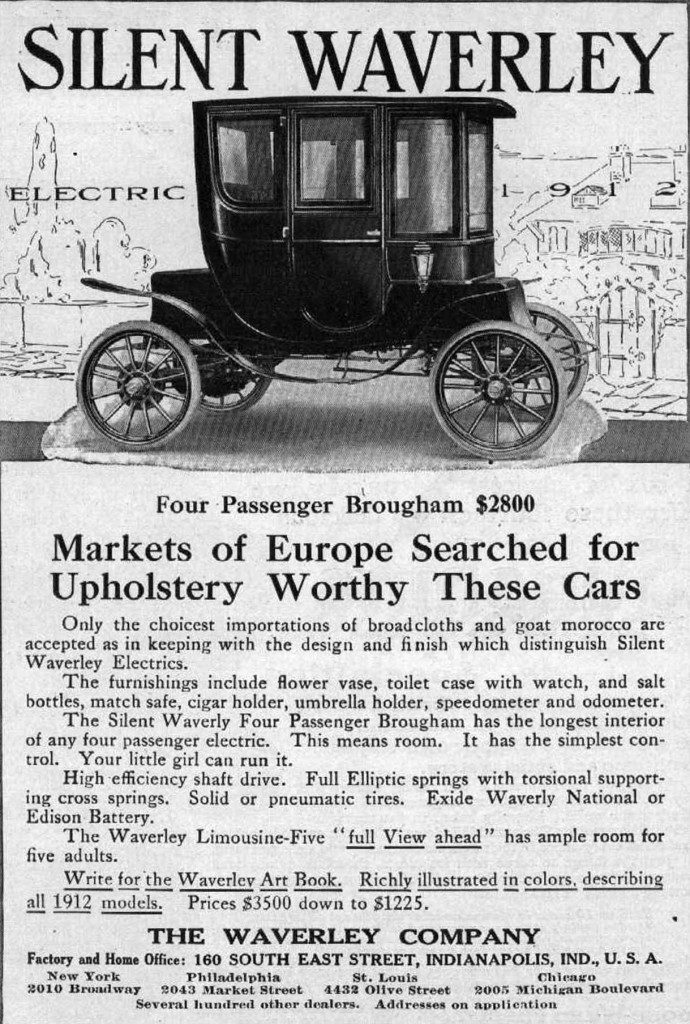 automakers to ensure compatibility of component technologies and to oversee packaging. The three automakers were the architects of the program along with the Clinton Administration; and they played central roles, even while being direct recipients of a relatively small share of total PNGV funding. Most of the funding went to captive suppliers of the Big 3 and to national energy labs. The Big 3 controlled, directly and indirectly, a substantial share of lab funding. For instance, until mid-1996, government funding of fuel-cell research at Los Alamos National Laboratory was through a sub-contract from GM. Thus, the three automakers received a relatively modest amount of money, but they played a large role in determining how the money was spent and by whom.
automakers to ensure compatibility of component technologies and to oversee packaging. The three automakers were the architects of the program along with the Clinton Administration; and they played central roles, even while being direct recipients of a relatively small share of total PNGV funding. Most of the funding went to captive suppliers of the Big 3 and to national energy labs. The Big 3 controlled, directly and indirectly, a substantial share of lab funding. For instance, until mid-1996, government funding of fuel-cell research at Los Alamos National Laboratory was through a sub-contract from GM. Thus, the three automakers received a relatively modest amount of money, but they played a large role in determining how the money was spent and by whom.
There are three concerns with ceding too much control to the major automakers. First, these large companies have competing political agendas. The three US companies have been engaged in a long-running campaign to defeat more stringent corporate average fuel economy (CAFE) standards and California’s zero emission vehicle rules. They are pursuing shareholder interests, not the public interest; and this vested interest undoubtedly affects their performance in commercializing PNGV technologies. It is well known that automakers are reluctant to demonstrate emissions and energy improvements for fear that regulators will codify those improvements into more aggressive, technology-forcing rules. This attitude is exemplified by GM’s then-CEO, Roger Smith, who rhetorically asked at the end of his 1990 press conference announcing the Impact electric-car prototype, “You guys aren’t going to make us build that car, are you?”
Second, R&D budgets of these large industrial companies swamp public funding, reducing the leveraging effect of public funds. The Big 3 spent $17.3 billion on R&D in 1996 (about five percent of sales), about 200 times more than they received from PNGV. Though most of their R&D budget goes to routine engineering and design, some significant share goes to advanced technology, most of that related to emissions and energy-efficiency improvements. Ford, General Motors, and Daimler-Chrysler reported that in 1999 they collectively spent about five percent of their total reported research funds, or about $980 million, on research related to PNGV’s goals. Toyota, significantly smaller than either Ford or GM, disclosed in 1996 that it was diverting about half its $1.6 billion annual R&D budget to alternative fuels and alternative propulsion technology, mostly electric-drive designs. Smaller companies, with more modest R&D budgets, would presumably value public funds more highly.
Third, most innovation for leapfrog transportation technologies appears to come from outside major automotive companies and even outside traditional suppliers. The automotive industry is gradually becoming less vertically integrated. The days are long gone when iron ore delivered to a factory complex would emerge as a Model T. GM now depends on suppliers for about 1/3 the value of its vehicles, Ford about 1/2, and Chrysler for 2/3. The shift toward new technologies—batteries, fuel cells, electric drivelines, ultracapacitors—for which today’s automakers have little expertise will likely accelerate the trend toward out-sourcing of technology development and supply.
The three automakers were the architects of the program along with the Clinton Administration; and they played central roles, even while being direct recipients of a relatively small share of total PNGV funding.
The leading designer of vehicular fuel cells, for instance, is not one of the Big 3, but Ballard Power Systems, a small company in Vancouver, Canada, with less than $200 million in revenue in 1997. As major automakers move downstream, becoming assemblers, marketers, and distributors, they are spinning off supplier subsidiaries and granting more independence and more product innovation responsibility to suppliers. This transition will likely accelerate as PNGV-type technologies are integrated into mainstream vehicle designs.
The net effect is that PNGV seems to have had little influence on the market behavior of the three US carmakers. The major stimulus for accelerating development and commercialization of PNGV-type technologies came from small companies such as Ballard and, via a boomerang effect, from non-US automakers such as Daimler Benz, Toyota, and Honda. One can debate why this was so. The point is not to impugn the Big 3. They are highly successful industrial enterprises with exceptional engineering capabilities. But a compelling hypothesis suggests that their control of partnership decisions and funds did not significantly accelerate technology development and commercialization; and that funds directed elsewhere—directly to independent technology supply companies, with smaller amounts to independent research centers and universities— might have created more competition and more pressure to accelerate commercialization.
Did PNGV Technology Choices Matter?
The pivotal decision in 1997 to focus on diesel-electric hybrid technology was the result of conservative interpretation of PNGV affordability, performance, and emissions goals, and a reluctance to reopen the discussion about scheduling and goals. Other technologies, especially fuel cells, provide greater potential for sharp reductions in emissions and energy use. In a larger sense, though, perhaps it didn’t matter which technologies were selected in 1997. As is common practice in competitive industries, the three automakers created “firewalls” of varying permeability around their PNGV work. These firewalls are routinely used by companies engaged in collaborative work with competitors to protect themselves against antitrust lawsuits and, more importantly, to ensure confidentiality. They work well with minor innovations that affect a small part of the business, when the protected knowledge is not central to the business interests of the company. But this situation was different. First, virtually all of the targeted technologies were close enough to commercialization that a company would want proprietary rights to any advances. Second, fuel-cell and hybrid propulsion systems promised to be core technologies for these huge companies.
How permeable were those firewalls, and how did companies allocate their human and financial resources between PNGV and internal proprietary efforts? The answer is known to only a few senior executives and likely resulted from a series of ad hoc decisions. There is plenty of evidence that the three automakers were strongly committed politically to the partnership and commercially to the targeted technologies. Less clear is whether, in the end, PNGV had much effect on technology development and commercialization.
Conclusions and Suggestions
PNGV has clearly been a fruitful partnership, in the sense that both sets of partners are pleased. PNGV did indeed inspire some accomplishments and initiate a dynamic that accelerated commercialization. A sympathetic view sees any shortcomings explained by unforeseen changing circumstances. But there remains the troubling question: In the end, did PNGV serve the public interest?
Did PNGV lead to the best investment of government R&D? Was Congressional R&D funding diminished from what it might otherwise have been? Were regulatory initiatives to reduce fuel consumption and emissions undermined? In summary, did the creation and activities of PNGV accelerate commercialization of socially beneficial technologies? These questions remain unanswered and perhaps unanswerable.
Nevertheless, the PNGV experience provokes the following insights and lessons:
- Unforeseen indirect effects may prove most important
- Mid-course corrections are essential
- Targeted technologies should be far from commercialization because government funds will otherwise have little effect
- Progress is accelerated when partners are wholly committed to the technology-commercialization goals of the partnership
- Great effort must be devoted to recruiting small, innovative companies
A successful partnership requires an unlikely confluence of insightful designers, flexible and accommodating partners, and astute and effective 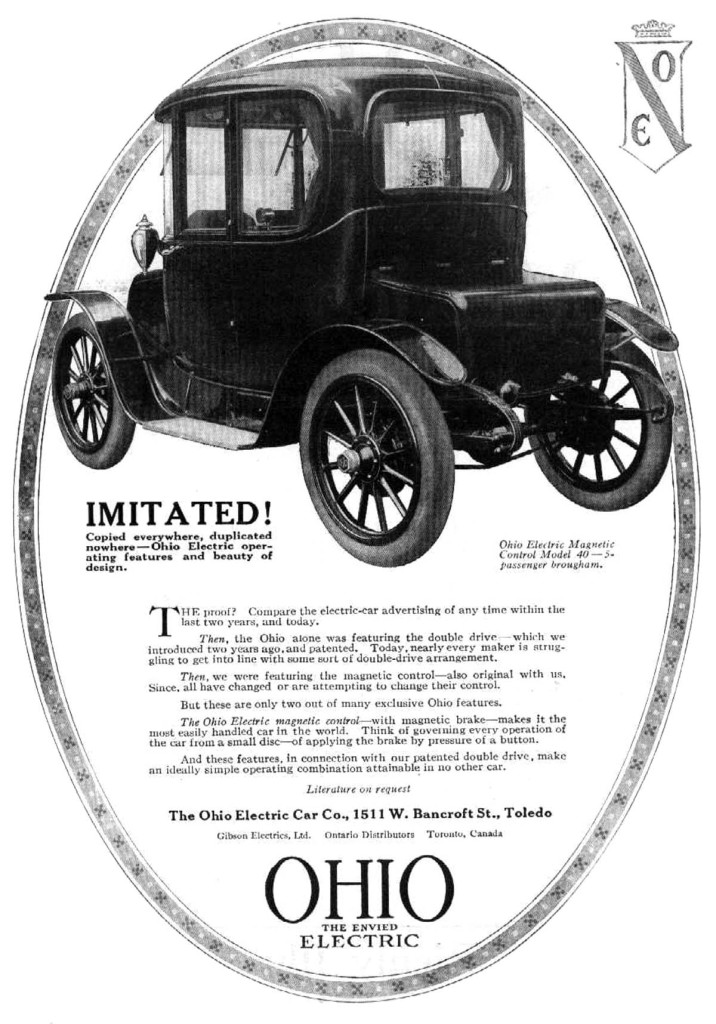 leaders. It also requires huge resources and institutional investments.
leaders. It also requires huge resources and institutional investments.
Given these daunting challenges and the earlier cautionary thoughts on societal benefits, perhaps the principal lesson of PNGV is that public-private technology development partnerships as presently conceived may already be an outdated concept for large, concentrated industries like this one. Perhaps public R&D funds assigned to such partnerships are unnecessary and even counterproductive. In this globalizing and networking world, communicating and partnering are more essential than ever. A critical question, then, is whether there are sufficient incentives for major industrial companies to participate in public-private partnerships, apart from the award of public R&D funds.
So, the essential components of a restructured PNGV-like partnership might be these:
- Inclusion of small innovative companies, universities, and independent research centers as project principals
- Inclusion of energy suppliers (who greatly influence the design and choice of advanced technologies)
- Requirement that an automaker or major automotive supplier be a partner in virtually all projects
- Broadened participation in the partnership’s policy and technical committees, including more industry, government, and nongovernment participants
- Few or no public R&D funds disbursed through the partnership—rather public R&D funds awarded on a competitive basis outside the realm of the partnership as seed grants to small innovative companies, non-traditional automotive suppliers, universities, national government labs, and independent research centers
The automotive industry may be less enthusiastic and less committed to a partnership of this type, though those companies state, in a report to the NRC committee, that “the lack of talented people is a greater handicap than the lack of adequate funding” and that they “need ideas (breakthroughs) more than dollars.” A revamped partnership of the sort suggested here might lead to a more stable relationship, encourage more public investment in socially beneficial technologies, and provoke a broader and better-informed public debate over energy consumption and greenhouse-gas emissions.
This paper is abridged from “Public-Private Technology R&D Partnerships: Lessons from US Partnership for a New Generation of Vehicle,” Transport Policy, forthcoming.
Further Readings
Robert Chapman, The Machine That Could: PNGV, A Government- Industry Partnership (Santa Monica, CA: Rand, 1998).
National Research Council, Review of the Research Program of the Partnership for a New Generation of Vehicles (Washington, DC: National Academy Press, annual reports from 1994 onward).
James M. Utterback, Mastering the Dynamics of Innovation: How Companies Can Seize Opportunities in the Face of Technological Change (Boston: Harvard Business School Press, 1994).

